It’s no wonder that many travellers consider the Kgalagadi Transfrontier Park the ultimate self-drive destination in Africa. This wild and arid landscape is any photographer’s dream with ample heart-thumping sightings. By Harriet Nimmo
We have been travelling to the South African side of the Kgalagadi Transfrontier Park for more than 25 years. Our first visit was in 1992 in a rental sedan, when the road from Upington was still corrugated dirt. It was, however, only five years ago that we finally discovered the park’s Botswana section – the stunning Mabuasehube. Rugged and wild, Mabuasehube has stolen our hearts, drawing us back time after time.
For our most recent visit in January 2018, we were joined by two UK friends arriving from the depths of a British winter. We had warned them about the Kgalagadi’s 45-degree heat…
The four of us were travelling in two vehicles: a 1999 manual Toyota Hilux (with more than 300,000 kilometres on the clock), and a much newer 2010 automatic Hilux. This was the first Kalahari outing for the newer Hilux, and I must admit, it cruised through the sand in much more comfort than the old Hilux. We had all the camping gear, lots of water, spare fuel and supplies in the back, a fridge on each back seat (one has to have a chilled drinks cabinet!) and a second spare wheel on the roof.
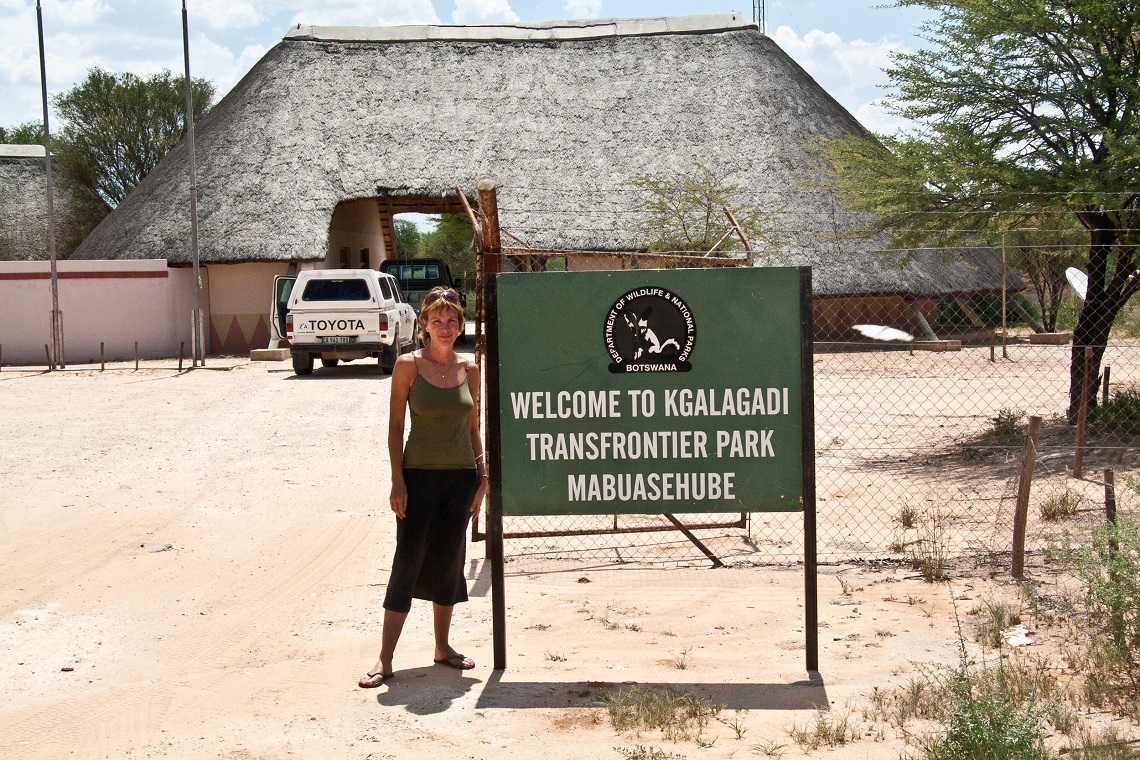
We spent the night at Red Sands Country Lodge and set off early the next day, quickly crossing the quiet border post at McCarthy’s Rest. We stopped in Tsabong for our last refuel. The shops are very limited, so don’t rely on getting any last-minute provisions here. Before daring the 100km grind through thick sand all the way to Mabuasehube, we enjoyed a picnic on hot bonnets. Remember to reduce tyre pressure as soon as you leave the tar.
After a four-hour drive from Tsabong, it was a welcome relief to arrive at the entry gate. With our permits checked, we entered the park and headed to our first night’s campsite. The joy of Mabuasehube? With only some 20 stands in total – on average four clustered around a pan and most stands are at least 500m away from your nearest neighbour – you are truly on your own. Each stand offers an A-frame shelter, drop loo, and sink and shower. Take note that some sites have no water.
Be cautious
It’s wild camping at its best and one must exercise caution, especially at night, as lions frequently wander through camp. Always zip up your tent, don’t venture out at night and, personally, I would not advise bringing young children here.
At Mpayathutlwa Pan, our home for two nights, we were surprised by a magnificent male lion spotted through the mesh of our tents. Nonchalantly, he padded through camp while our hearts were hammering. Night two we were again wakened by a loud lapping sound – this time a leopard came to make his presence known. The next morning, at first light, we drove round the pan and discovered a brown hyena. Normally incredibly shy, the animal spent 20 minutes drinking and mooching around for our viewing pleasure.
Moving on to Monamodi Pans, the bliss of recent rains was evident – pans were filled to the brim with a pink snowstorm of nerine flowers. This was also the first time we’d ever seen spotted hyenas here. Make sure to pack all camping equipment away before retiring at night – a few hyenas bowled through camp and managed to shred our portable shower hanging on a nearby tree.
January’s sweltering heat brought afternoon skies filled with magnificent storm clouds. To cope with the everyday heat, we relied on good old-fashioned African air-conditioning – lying under our A-frame shelter, swaddled in a damp sarong. Remarkably, it works like a charm.
After four nights in the park, we headed west for Nossob – an eight-hour journey over sand dunes. Still reminiscing over Mabuasehube’s wild plains, Nossob seemed positively bustling. We always prefer to start at the park’s Botswana side and end in South Africa. Here you can refuel, restock in the little camp shop, and enjoy the luxury of guaranteed running water.
Bookings
Camping at Mabuasehube, total self-sufficiency is key: spare fuel, adequate drinking water, a satellite phone and preferably two vehicles. We booked all campsites and our National Parks Permit through Botswana Footprints. Although you do pay a premium for using an agency, they are efficient and organise all logistics.
There are three main routes to Mabuasehube’s entry gate: north from Tsabong (perhaps the easiest to find), west from Kang, and south from Hukuntsi. Heading off into the Kgalagadi, don’t underestimate the expert guidance from Tracks4Africa’s GPS Maps.
Botswana wild camping tips
- Using water purification tablets is a cheap and simple way to kill bugs in drinking water.
- You should always drive with a tyre compressor and pressure gauge to adjust tyre pressure as needed.
- If you don’t have any 4WD experience, a course is highly advisable before heading into Botswana’s remote areas.
- Pack away all food as wild animals, small or big, will help themselves when you go to bed. Better yet, pack away everything.
- Be realistic: are you comfortable with camping, pitching a tent, cooking in the veld and off-road driving?
Want to share your self-drive experiences with us? Send an email to newsletter@tracks4africa.co.za and your adventure could be featured in one of Tracks4Africa’s monthly newsletters.
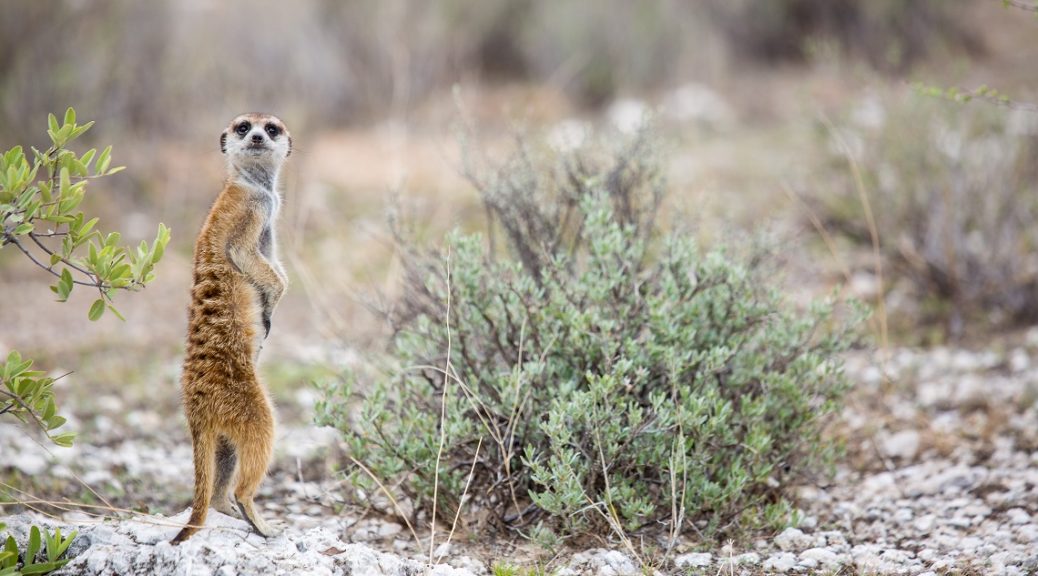
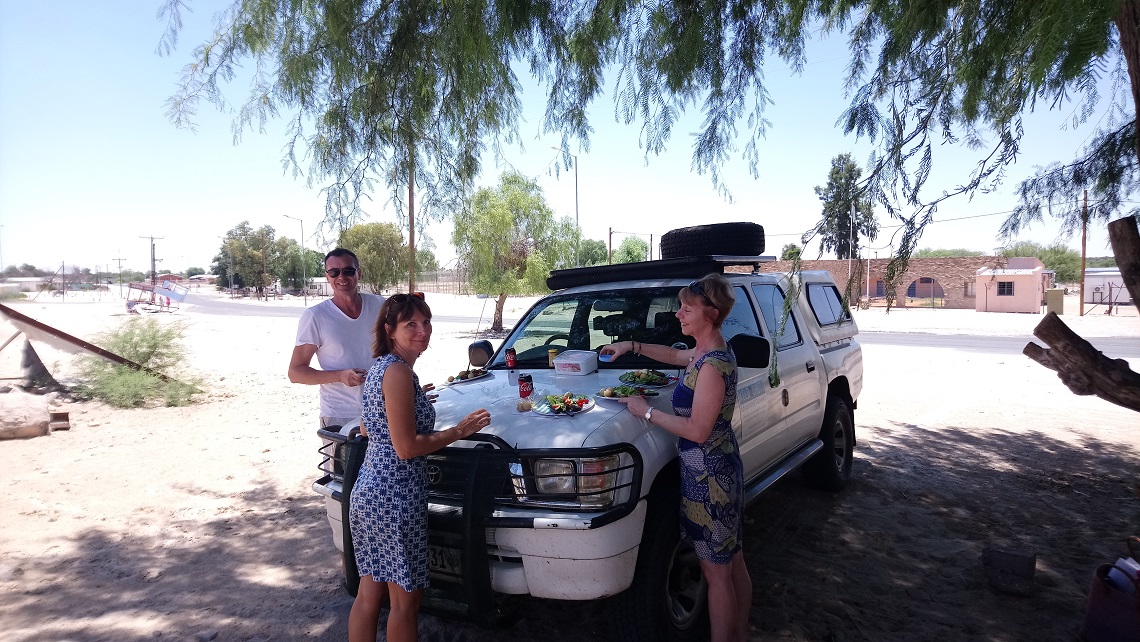

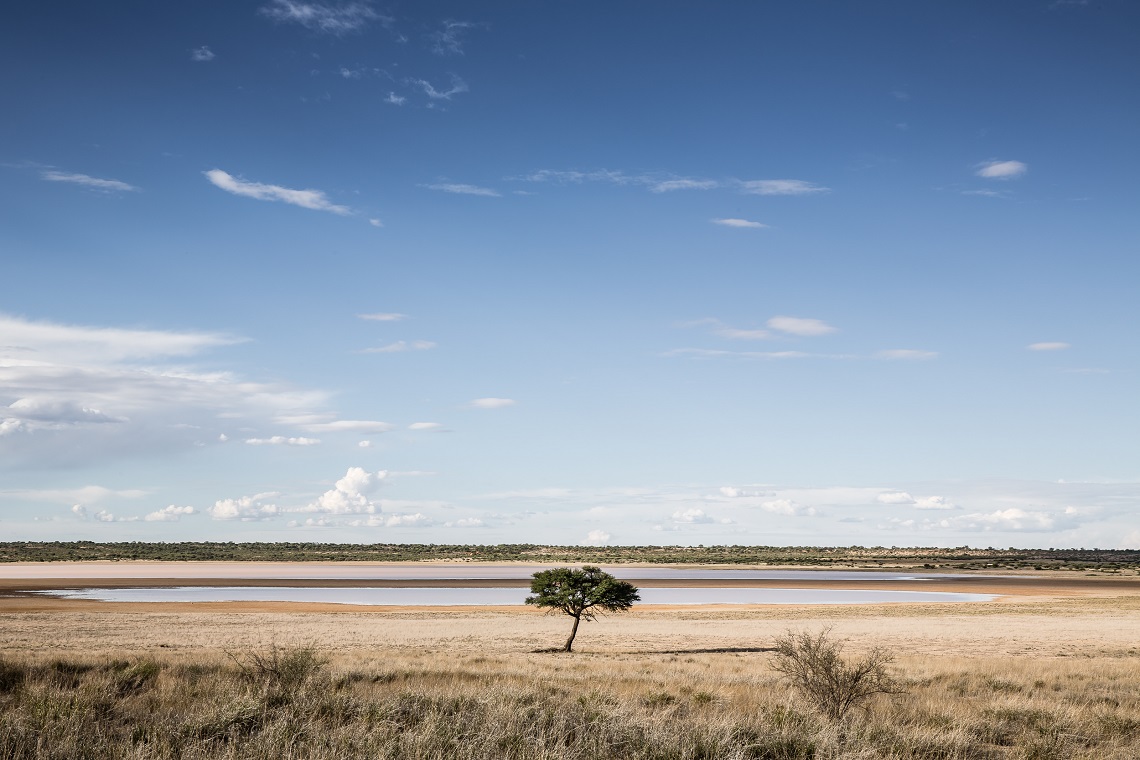
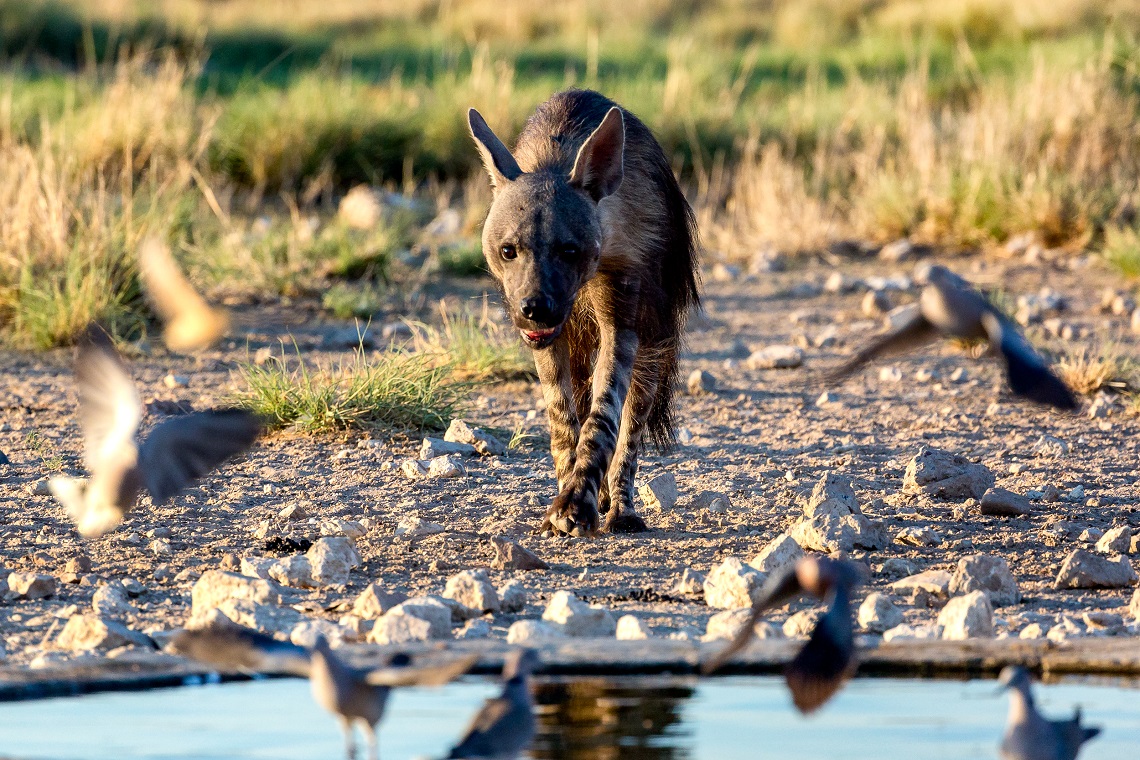

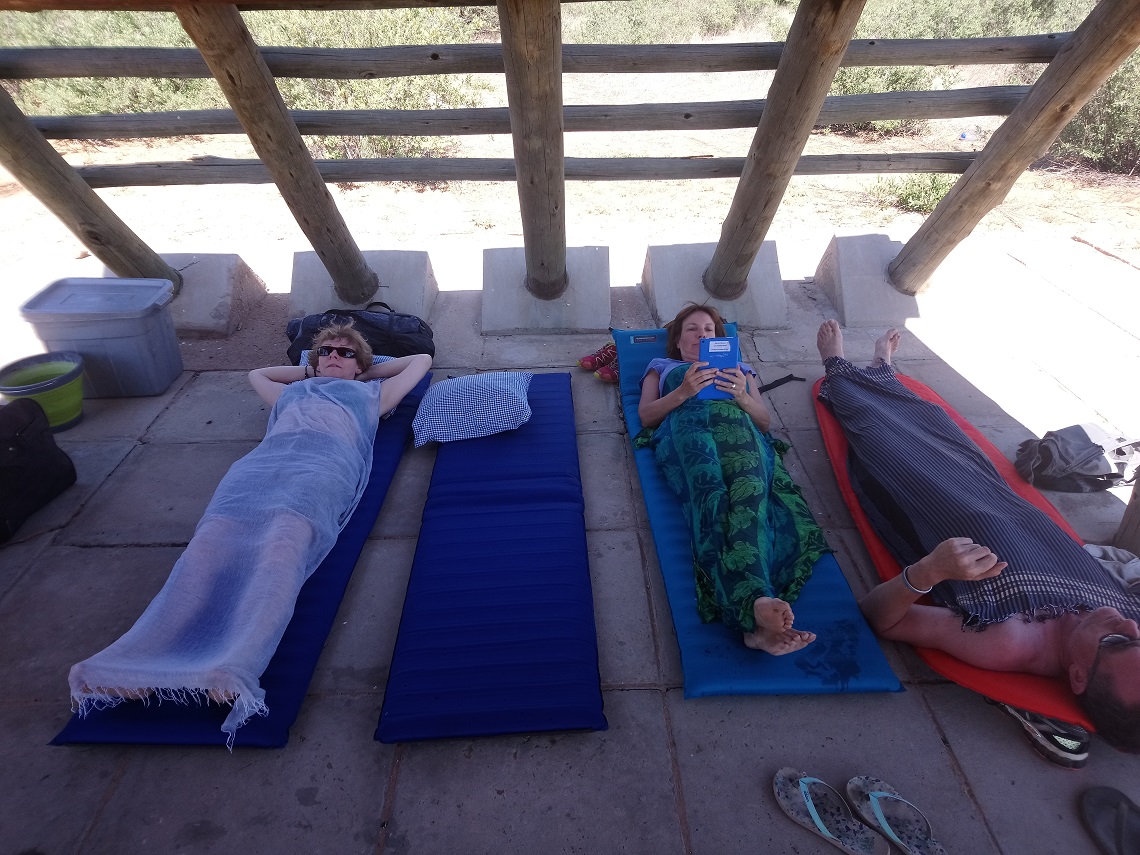
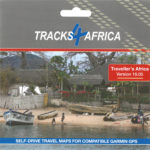
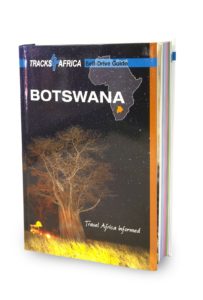

Great place!